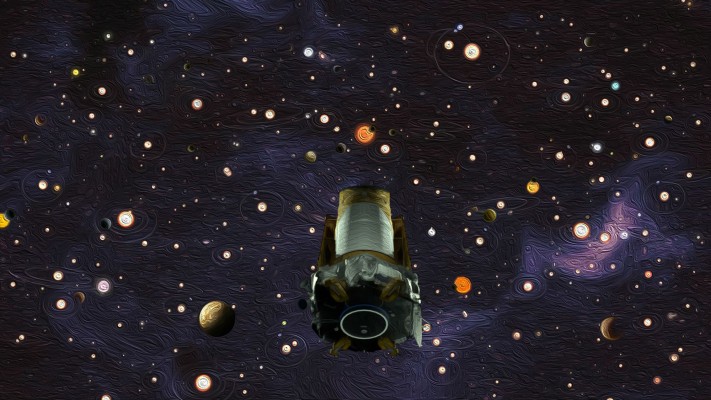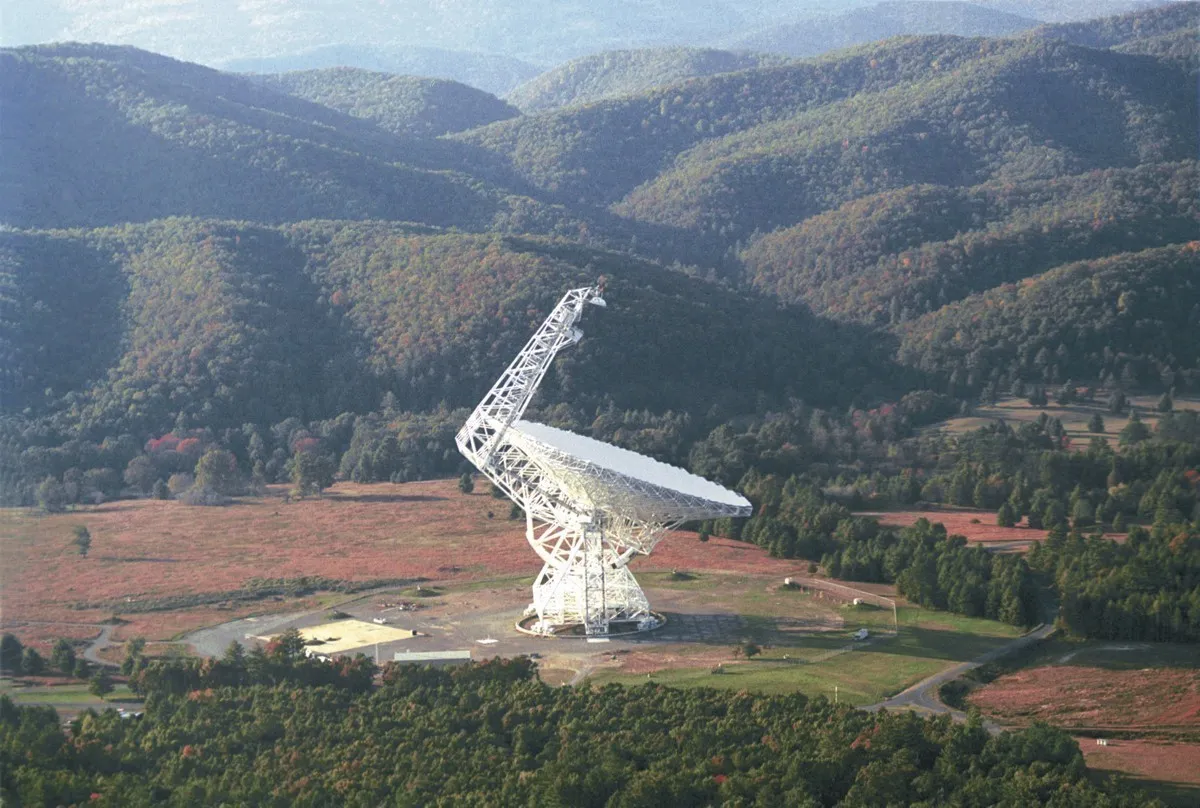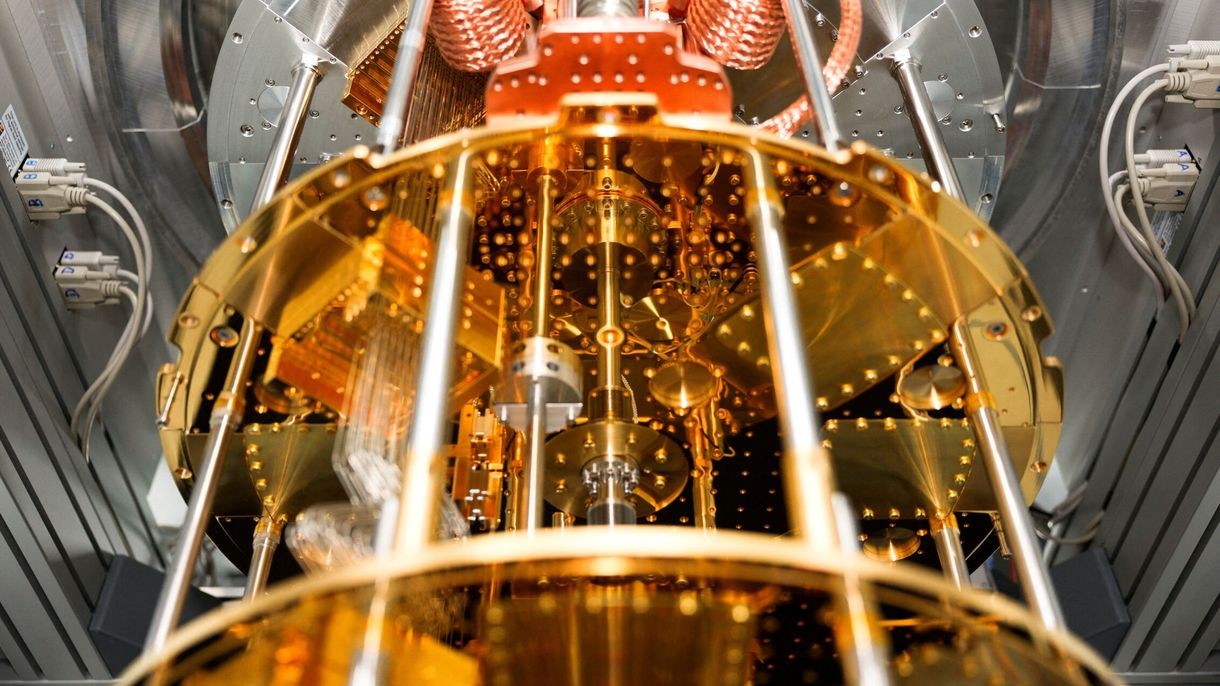Imagine NASA discovers a wormhole. A real one. A shortcut through space-time that could take us to another galaxy in seconds. Something that completely rewrites the rules of space travel.
Now imagine they ignore it. Instead of investigating, they keep launching probes with outdated technology because “that’s how it’s always been done.”
It would be absurd.
And yet, that’s exactly what many businesses are doing with artificial intelligence. They have game-changing technology right in front of them—technology that can multiply speed, precision, and growth—but they keep making decisions like it’s 1999.
Meanwhile, AI is helping scientists find exoplanets, interpret deep-space signals, and even explore theoretical phenomena like wormholes. And here’s the best part: the same AI-driven principles that are revolutionizing space exploration can be applied to any business that wants to lead its industry in the coming years.
Let’s break it down.
How AI Is Finding Exoplanets—And What That Says About Your Data
Since the launch of the Kepler Space Telescope in 2009, astronomers have discovered thousands of planets outside our solar system. But there’s a problem: the amount of data generated by telescopes like Kepler and TESS is overwhelming. Each mission collects terabytes of information, and traditional analysis methods can’t keep up.

That’s where AI changed everything. In 2021, NASA announced the discovery of 301 new exoplanets using a deep-learning neural network called ExoMiner. What’s remarkable isn’t just how fast it identified these planets, but the fact that it could explain why they were classified as exoplanets. ExoMiner isn’t a black box; scientists can interpret its reasoning and validate its findings.
The business world should take notes. Data alone is not enough. Companies have been collecting customer, market, and trend data for years, but without advanced AI tools to process and interpret it, that data is useless. AI can detect patterns that humans would never spot, turning raw data into actionable insights that drive growth.
How AI Is Detecting Signs of Life in Space—And How It Can Identify Market Opportunities for You
For decades, projects like SETI have been scanning the cosmos for signs of intelligent life. The strategy sounds simple in theory: listen to the universe for radio signals that aren’t naturally occurring. The problem is that space is an ocean of noise, and finding an artificial signal among millions of random interferences is like searching for a needle in a burning haystack—on another planet.

But AI is making that search far more efficient. Recently, a team of researchers fed 150 terabytes of data from the Green Bank Telescope into a machine learning algorithm. The result? It identified eight signals that human researchers had completely missed.
Here’s the lesson for businesses: opportunities don’t disappear—they just go unnoticed by those without the right tools to find them.
There are hidden trends in your market right now. Your next big innovation is already out there, waiting to be discovered. The key is not just having data, but having AI-powered systems that can process it at a level humans simply can’t. AI doesn’t create opportunities out of thin air—it just makes them visible before it’s too late.
How AI Is Simulating Wormholes—And How It Can Predict the Future of Your Business
Wormholes have been a fascinating concept in theoretical physics for decades. The idea of traveling instantly from one point in the universe to another sounds like science fiction. But in 2023, a group of researchers managed to simulate wormholes using a quantum computer.
Yes, you read that right.
Using AI, they modeled how these cosmic tunnels might behave. While this doesn’t mean we’re about to start jumping galaxies, it’s a massive leap in our understanding of these phenomena.

And here’s where it gets interesting for businesses: if AI can simulate things that might not even exist yet, imagine what it can do with markets, trends, and customer behavior.
The clearest application is in predictive modeling. Before making a major investment, launching a new product, or changing pricing strategies, AI can analyze thousands of variables and predict different outcomes. It’s no longer about making decisions blindly—it’s about testing them in a simulated environment first.
The Pitfalls of AI—And How to Avoid Them
AI isn’t perfect. There are three major mistakes businesses make when trying to implement it without a clear strategy.
The first mistake is trusting AI models without considering the quality of their data. If the data used to train an AI system is biased or incomplete, its conclusions will be unreliable. This is especially problematic in industries like finance or healthcare, where AI-driven decisions have serious consequences.
The second mistake is relying on AI systems that function as black boxes. If a machine makes decisions but no one understands how or why, trusting its results can be dangerous. Transparency is key to making AI a powerful tool rather than an unpredictable risk.
The third mistake is completely delegating decision-making to AI without human oversight. AI is a tool—an incredibly powerful one—but it still requires human judgment to interpret its results and avoid costly errors.
The Time to Use AI Is Now (Because Your Competitors Won’t Wait)
If AI is already helping NASA find planets, helping scientists search for extraterrestrial signals, and helping physicists explore wormholes, then there’s one obvious question: why aren’t you using it in your business yet?
You don’t need to look to outer space to see how AI is transforming entire industries. Companies across all sectors are already using AI to automate processes, improve decision-making, and uncover opportunities they never even knew existed.
The future doesn’t wait. And in technology, those who arrive late often don’t arrive at all.










